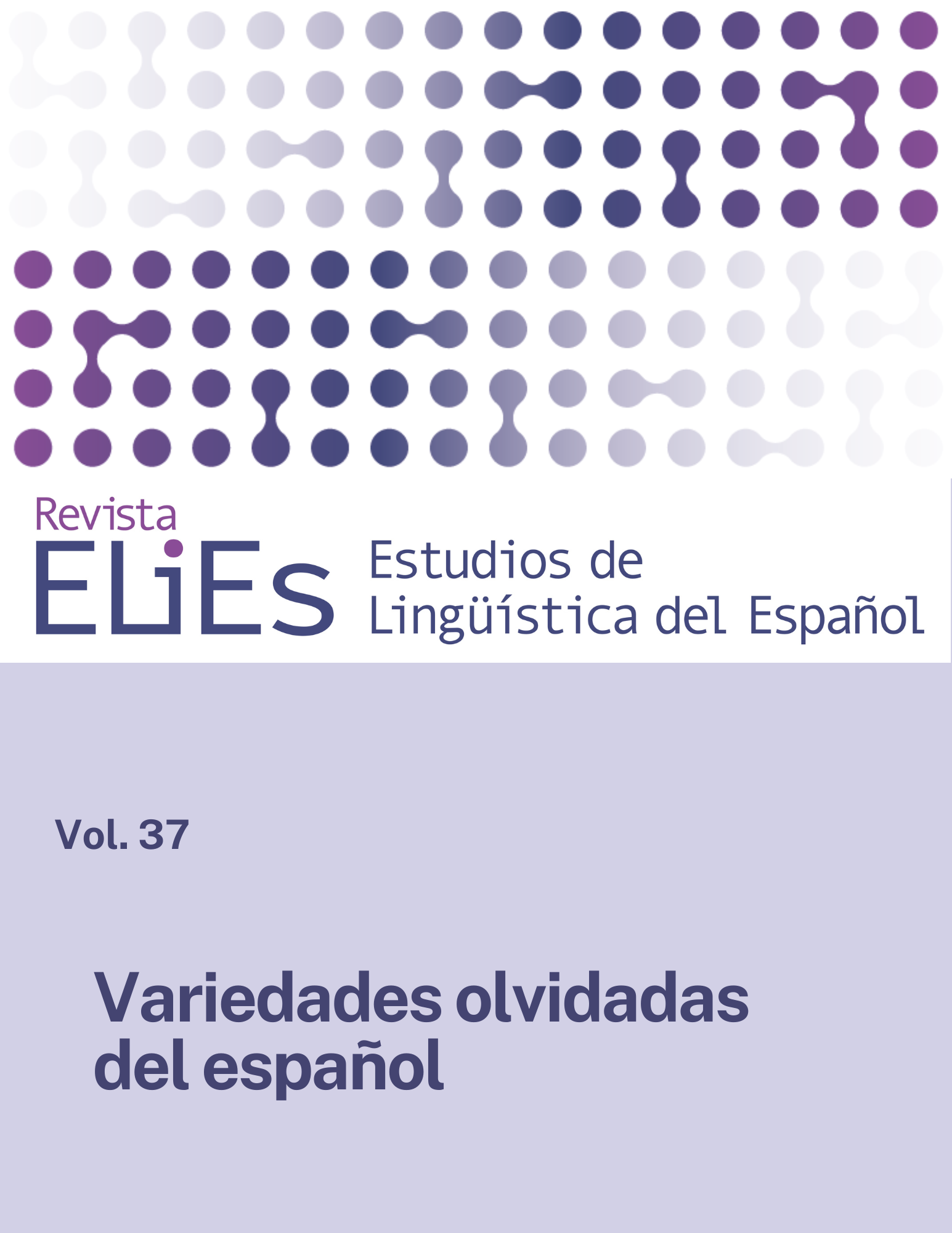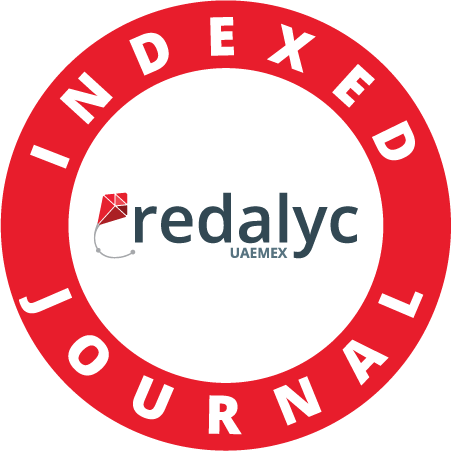Las transferencias e interacciones entre el español y las lenguas indígenas americanas
DOI:
https://doi.org/10.36950/elies.2016.37.8659Palabras clave:
náhuatl, quichua, bilingüismo, convergencia, desplazamientoResumen
En la presente evaluación de la investigación sobre el contacto del español con las lenguas autóctonas de América proponemos una mayor integración entre las disciplinas que han enfocado el tema. En particular, falta incorporar plenamente los avances en los estudios sobre la adquisición y aprendizaje de segundas lenguas y el desarrollo bilingüe. Estudiar las diferentes condiciones y trayectorias del bilingüismo también implica llegar a entender los procesos del desplazamiento, del olvido. El español en América ofrece la oportunidad ideal para lograr esta conciliación por contar con el campo más importante de su adquisición como primera lengua y su aprendizaje como segunda, en contacto desde el siglo XVI con cientos de otros idiomas. Abordaremos dos casos divergentes de intercambio entre lengua nacional y lengua indígena. Como hipótesis, en el primero, el intercambio ha resultado en el mantenimiento de la autonomía de las dos lenguas, a pesar de una amplia gama de influencias mutuas; en el segundo, los investigadores debaten la posibilidad de una convergencia.
Descargas
Descargas
Publicado
Número
Sección
Licencia
Derechos de autor 2016 Silvia-Maria Chireac, Norbert Francis

Esta obra está bajo una licencia internacional Creative Commons Atribución 4.0.





